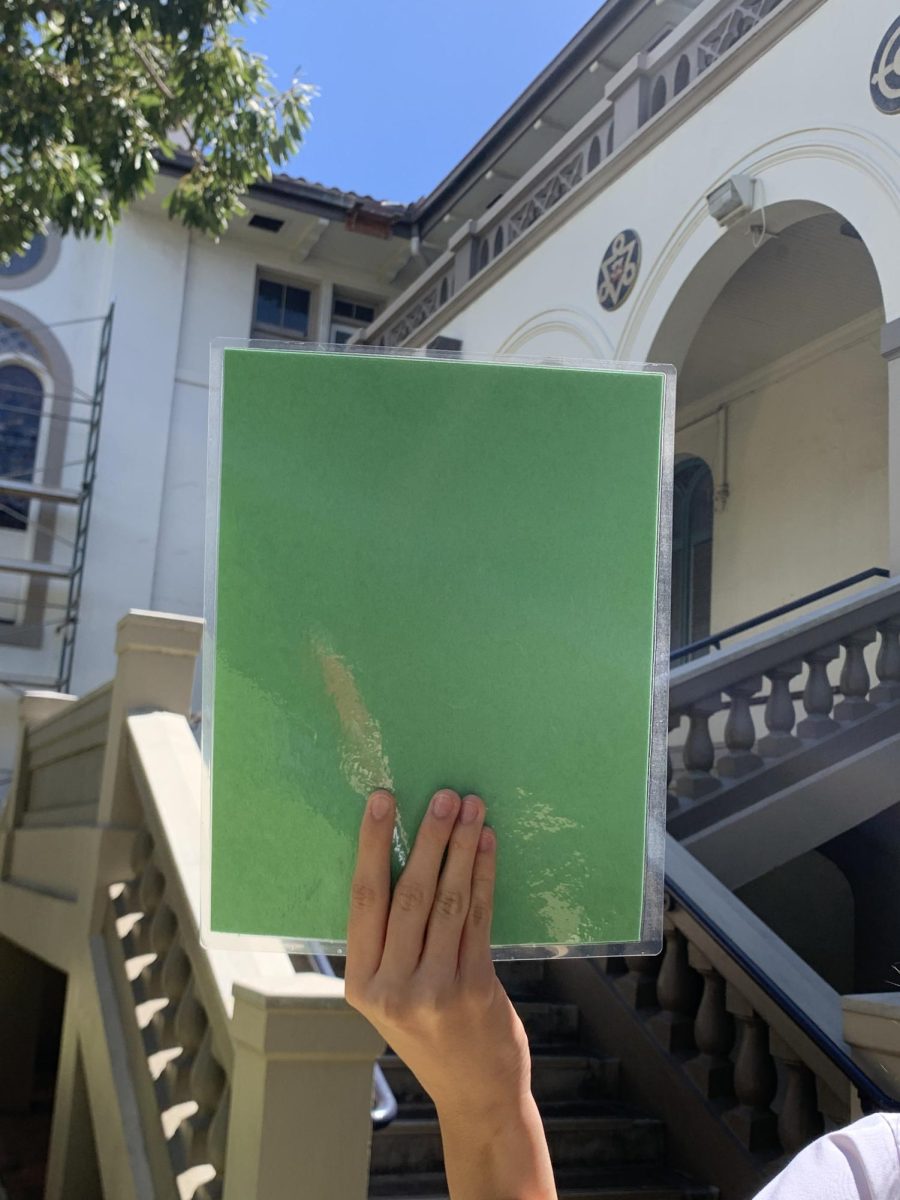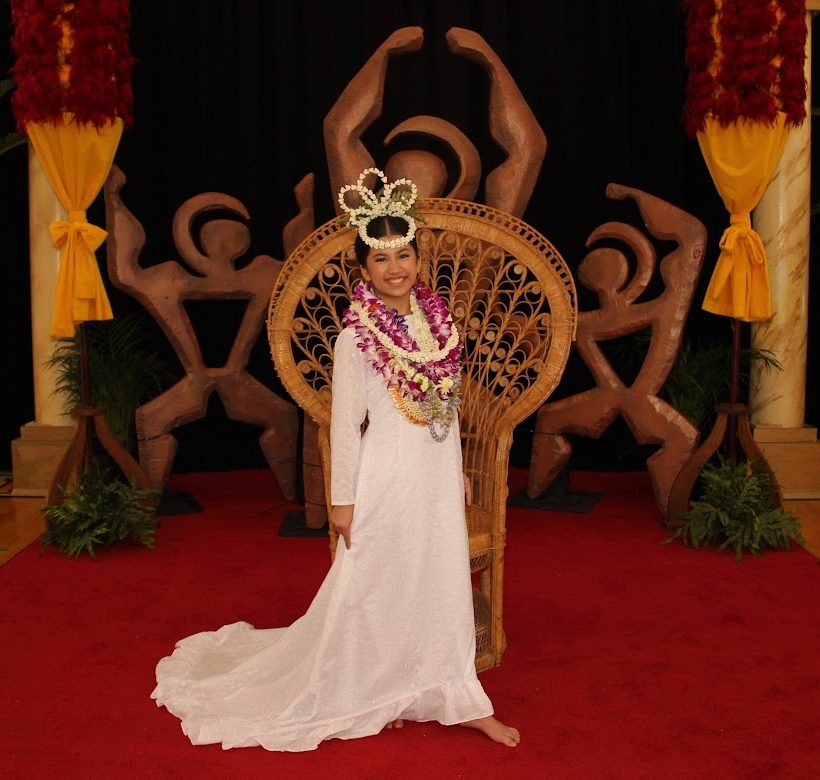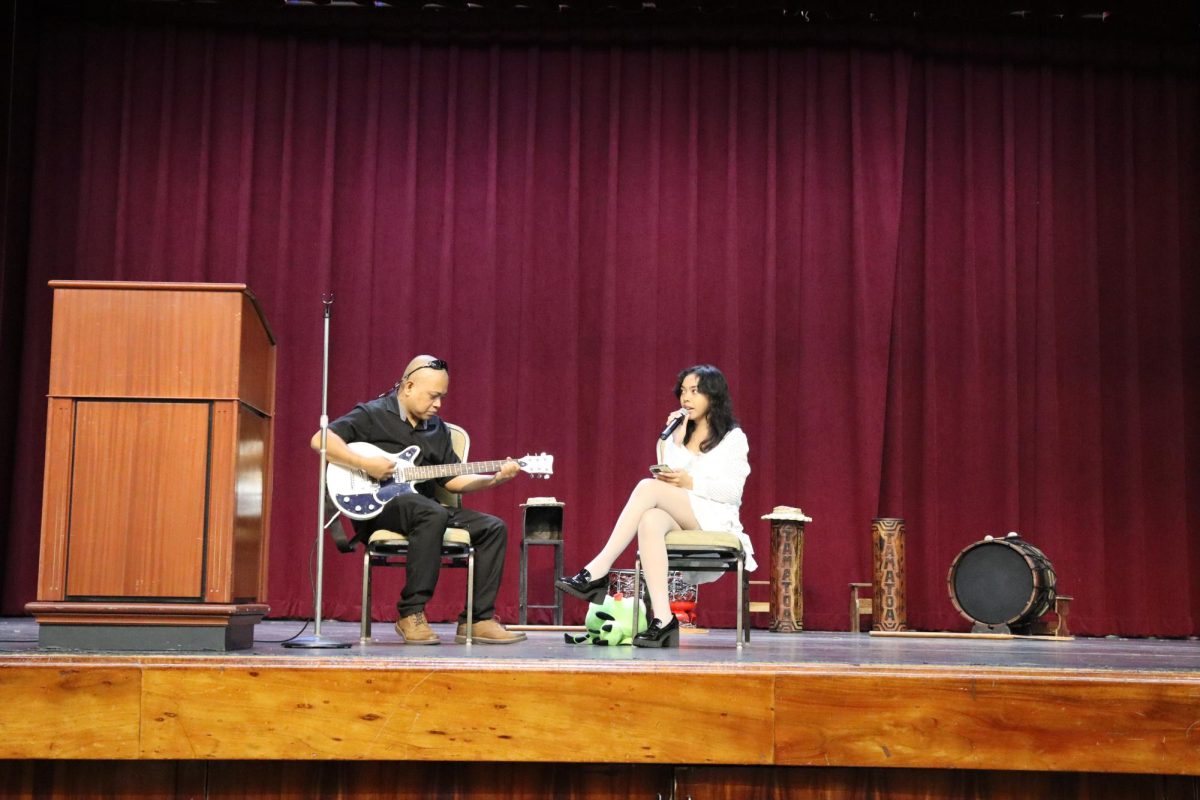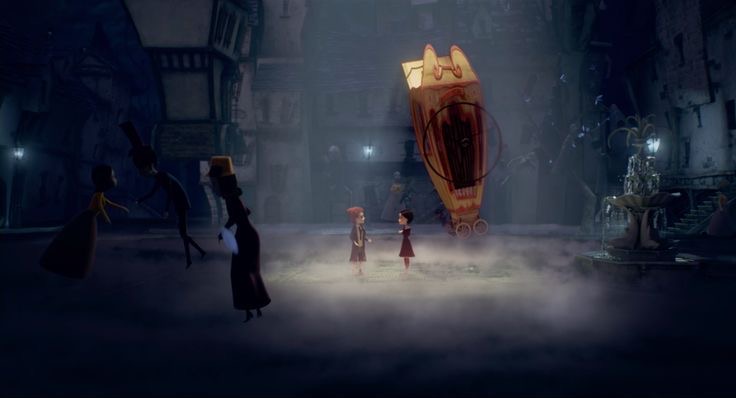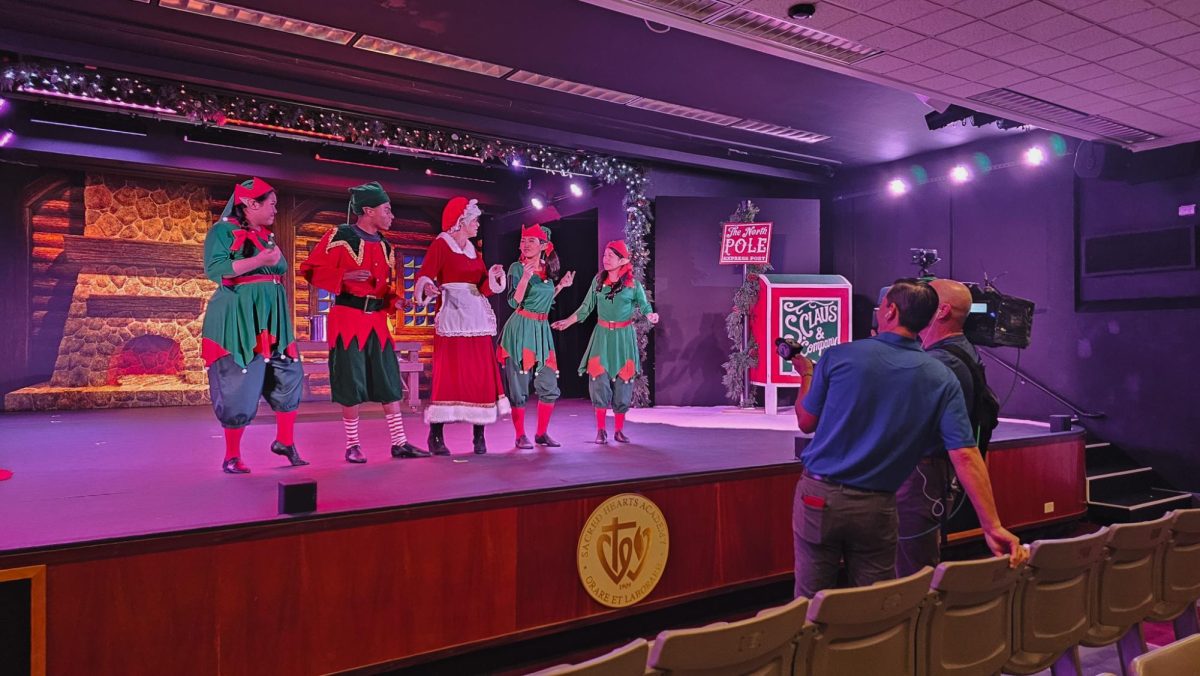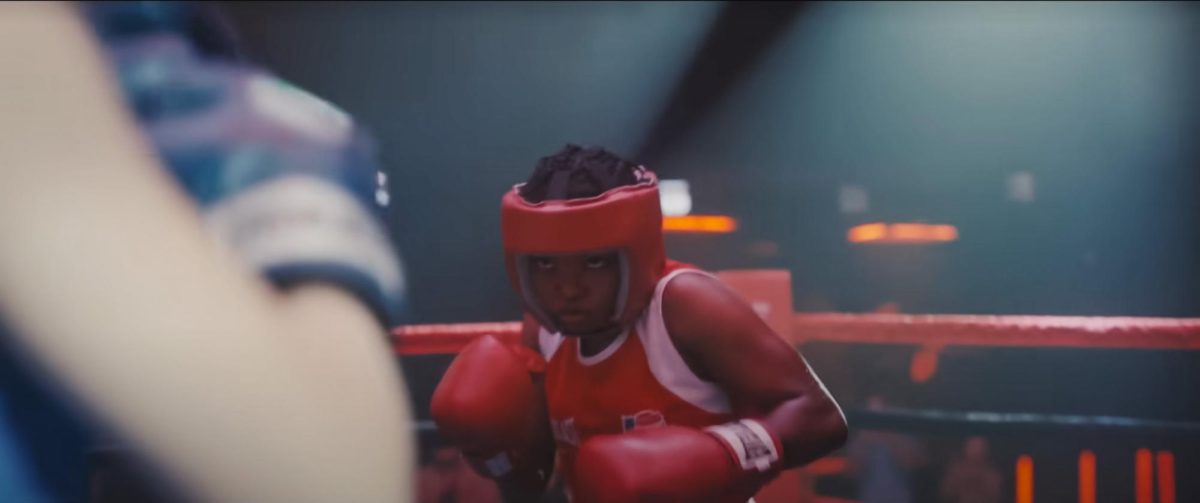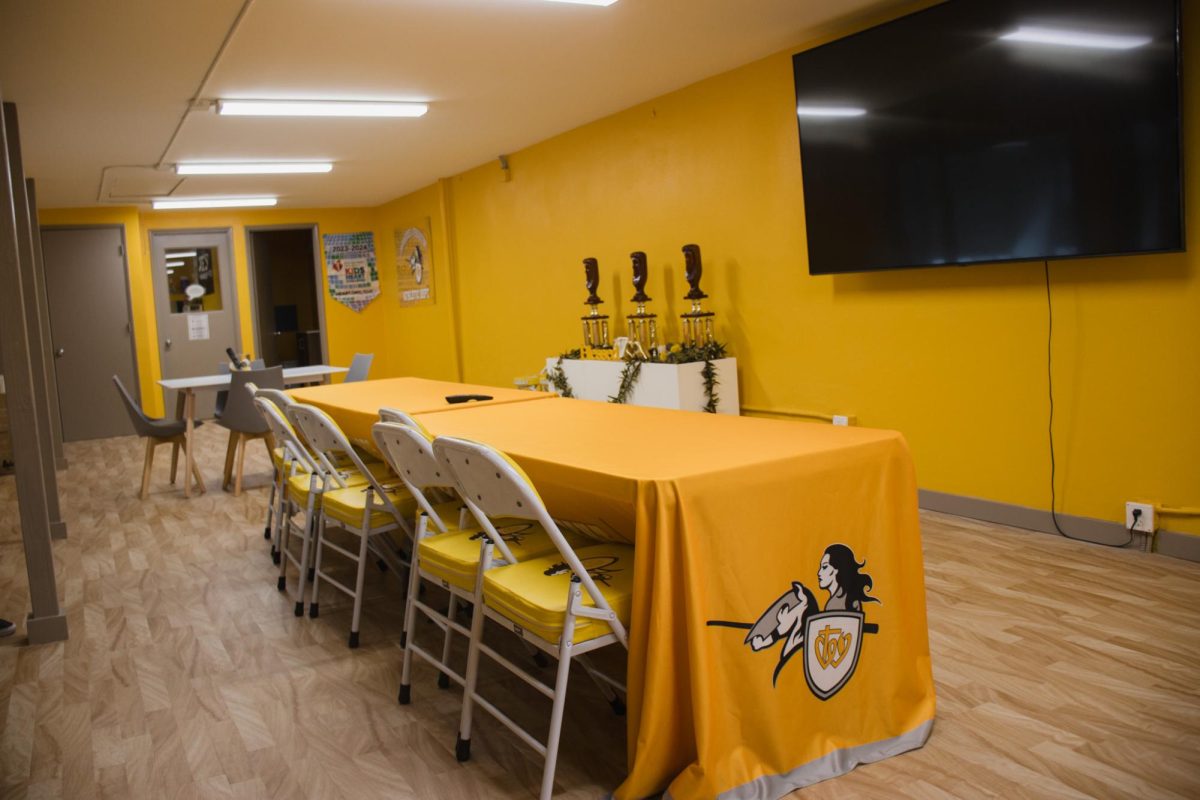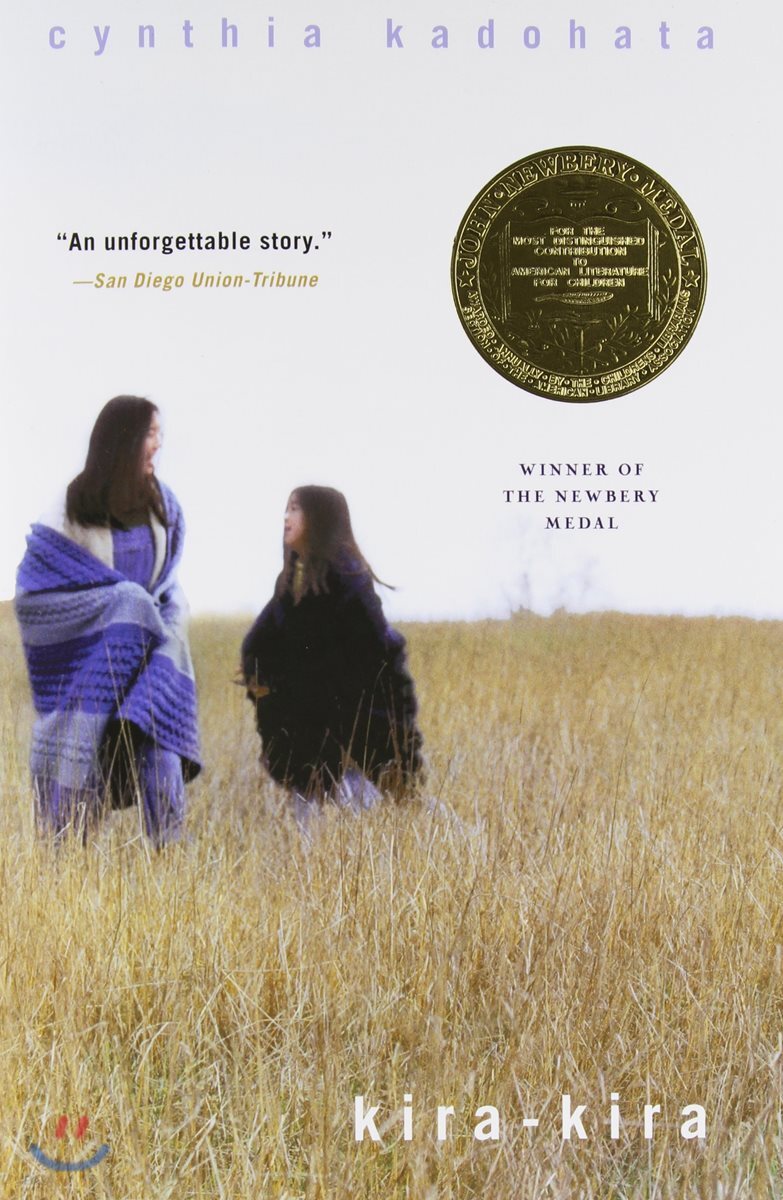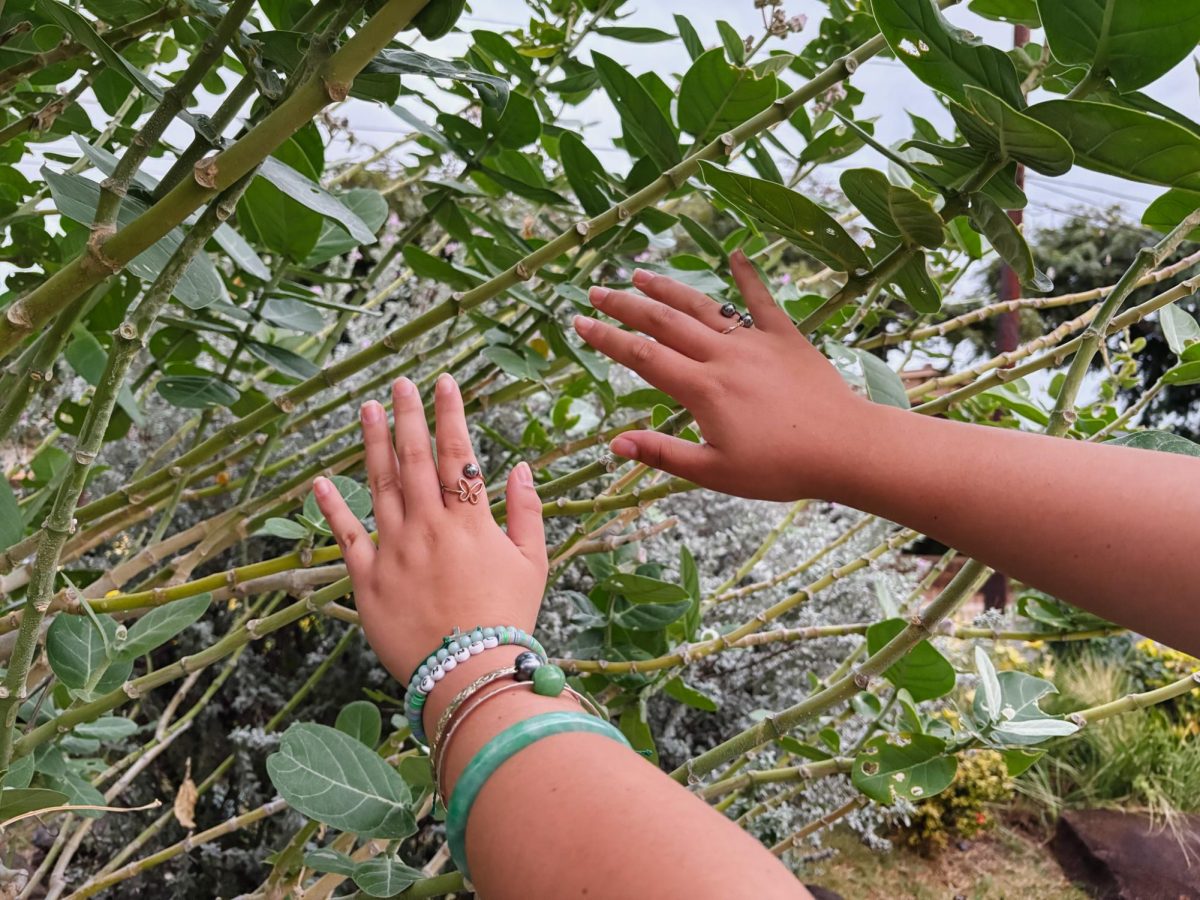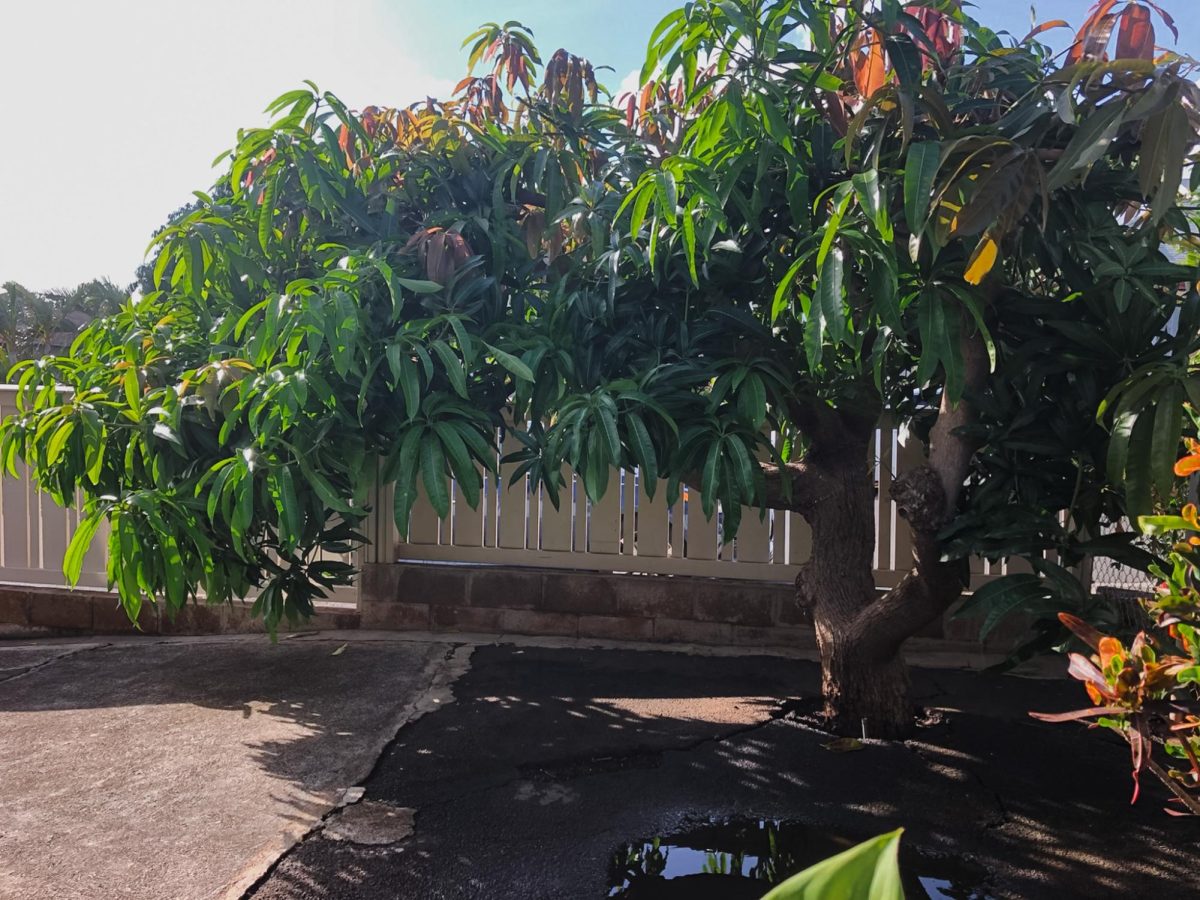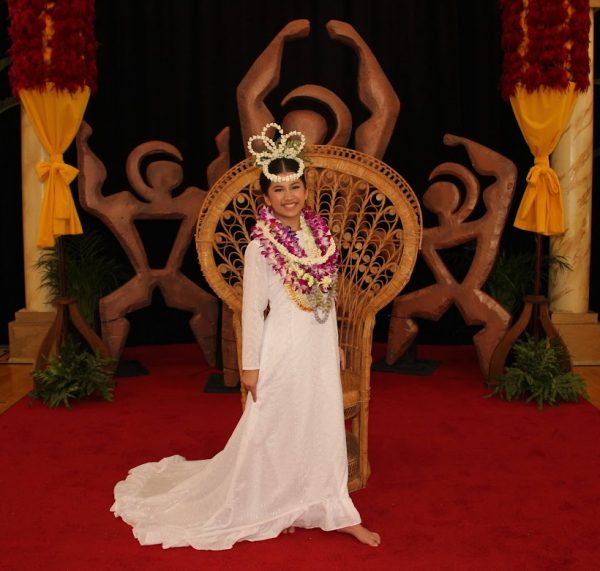Ancient flute brings sounds of Japan to campus
The captivating sounds of a Japanese bamboo flute could be heard throughout the halls at Sacred Hearts Academy last week. Performer Christopher Molina, from the University of Hawaii at Manoa’s East-West Center, showcased his talents to students, while also sharing a bit of history about the instrument.
The bamboo flute is best known as a shakuhachi, which means “1.8 shaku” and is used to describe its general length. Shaku means “one unit of length, or a foot,” while hachi means “eight, or eight-tenths of a foot.”
“(Molina’s performance) was very interesting and mesmerizing,” sophomore Ragelle Lumapas said. She attended the showing, along with her Japanese language classmates.
Molina used the woodwind instrument to imitate the sounds of howler monkeys.
“(They) make that sound in the mornings because they’re declaring their territory,” he said, after demonstrating the monkey’s sound with his flute.
Molina performs internationally on the shakuhachi and is currently pursuing a master’s license with the guidance of Matama Kazushi, co-director of the International Shakuhachi Research Group “KSK” in Japan. His compositions can be seen throughout the U.S., Europe and Japan.
The shakuhachi first came to Japan from China during the 6th century and was originally used by priests and Buddhists. However, homeless people were often seen using the flute while performing in the streets for money.
Beyond monetary and leisurely gains, the shakuhachi had also been used to attain information. Japanese government officials would hire shakuhachi performers, as a means to spy on townsfolk and citizens in specific areas in the country.
A shakuhachi performer, according to Molina, can take two to three months to attain the right sound; a sound that is best described by its rich tone coloring and depth.
Today, the shakuhachi is mostly used as a form of entertainment for both playing and composing of songs.

Rebecca Meyer is a senior and third-year Journalism student. She is also the Features and Sports Editor. Being a journalist to her means being able to...




